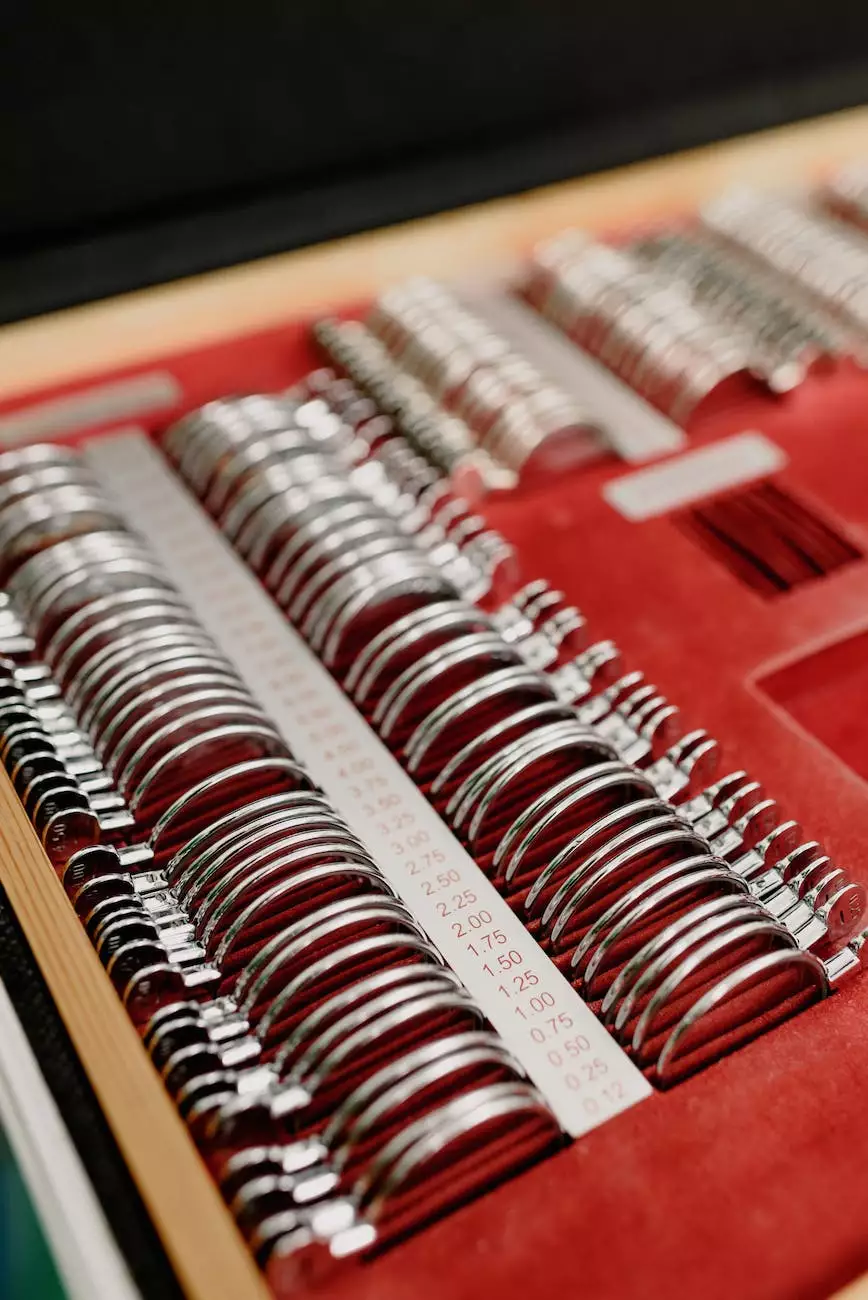CSS Margin vs. Padding: What's the Difference?
Blog
Welcome to Genevish Graphics, your go-to resource for all things related to visual arts and design. In this article, we will explore the differences between CSS margin and padding, two fundamental concepts in web design. A solid understanding of these terms is crucial for creating visually appealing and functional websites.
The Basics: CSS Margin and Padding
Before delving into the intricate details, let's first define what CSS margin and padding are. Both margin and padding are CSS properties used to create space around HTML elements.
Understanding CSS Margin
CSS margin refers to the space outside an element's borders. It defines the distance between an element and its neighboring elements. By adjusting an element's margin, you can control its positioning and create a visually pleasing layout.
Exploring CSS Padding
On the other hand, CSS padding defines the space between an element's content and its borders. It affects the internal spacing within an element. Adjusting an element's padding allows you to control the space between the content and the element's borders.
Key Differences
Now that we have a general understanding of margin and padding, let's dive into the key differences between the two:
Difference in Box Model
The primary distinction between margin and padding lies in their relationship with the box model. CSS margin is considered an external property and does not affect the overall size of an element. On the other hand, CSS padding is an internal property that affects the element's dimensions.
Collapsing Margins
One peculiar behavior of CSS margins is margin collapsing. When two neighboring elements have margins that touch each other, the larger of the two margins will collapse, effectively eliminating the space between them. This can sometimes lead to unexpected layout changes.
Transparent Areas
CSS padding creates transparent areas within an element's content box. You can think of it as a buffer zone that separates the content from the borders. In contrast, CSS margin does not create transparent areas and directly affects the spacing between elements.
Applications in Web Design
Understanding the differences between margin and padding is crucial for utilizing them effectively in web design. Let's explore some common applications of margin and padding:
Margin for Element Positioning
CSS margin plays a significant role in positioning elements within a web page. By adjusting the margin values, you can control the distance between elements, create whitespace, and achieve the desired layout.
Padding for Content Spacing
CSS padding is often used to enhance the readability and aesthetics of web content. By providing appropriate padding, you can ensure that the text and other elements within a container have enough breathing space, making them more visually appealing.
Conclusion
In conclusion, CSS margin and padding are two crucial concepts in web design that help create visually appealing and functional layouts. While both margin and padding affect the space around and within elements, they have distinct differences in behavior and applications. Understanding these differences and utilizing them effectively can greatly enhance your web design skills.
Explore More with Genevish Graphics
Genevish Graphics is committed to providing you with valuable resources and insights in the field of visual arts and design. Visit our website to explore more articles and tutorials on various aspects of web design, graphic design, and more.










